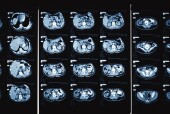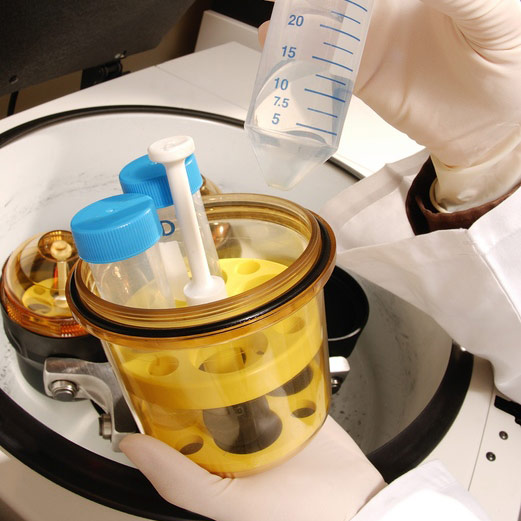
WEDNESDAY, May 19 (HealthDay News) — Researchers are reporting that they’ve used two different types of noninvasive probes to uncover the roles played by different types of cells in the immune system.
One of the probes, known as an FDG, is commonly used in PET scans to track how cells break down glucose (sugar), while the so-called FAC probe — developed recently at the University of California, Los Angeles — measures the activity of specific biochemical pathways.
The probes may help doctors evaluate treatments that target different cells in the immune system, senior study author Dr. Owen Witte, a professor of microbiology, immunology and molecular genetics at the University of California at Los Angeles, said in a news release from the school.
“We demonstrated with this study that each probe targets different cells in the immune system with a high degree of specificity,” said Witte, who added that the probes have special powers of detection, with the FDG probe recognizing immune system players like activated macrophages (immune scavenger cells) and the FAC probe recognizing activated lymphocytes (cells that lead the immune system charge on infected or cancerous cells).
“When tested sequentially, the combined information from the scans using the two probes gives you a better status of immune response,” Witte said.
The probes were tested on mice and will be later tested on humans. Researchers think they could provide insight into how the immune system responds to diseases such as rheumatoid arthritis, inflammatory bowel disease and multiple sclerosis.
“This could give us another way to measure the efficacy of certain drugs,” Witte said. “With some drugs, you could measure a change in the immune response within a week.”
The study appears May 17 in the online edition of the Journal of Clinical Investigation.
More information
For more about the immune system, visit the U.S. National Institute of Allergy and Infectious Diseases.

